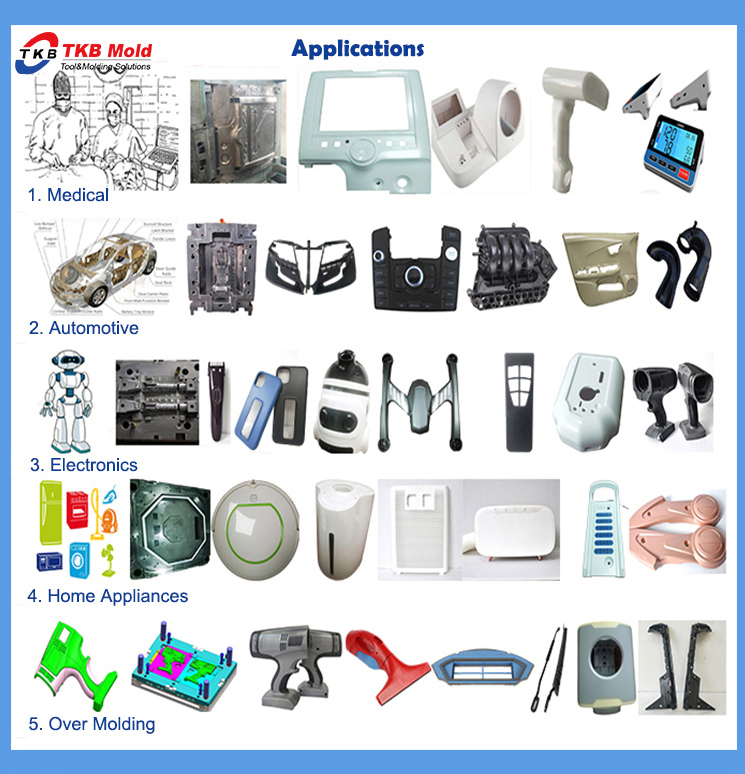
A floor mopping robot mold is a type of manufacturing tool used to create the housing and other components of a floor mopping robot. The mold is typically made from metal and is designed to shape and form the raw materials used in the manufacturing process.
The mold is used in the injection molding process, which involves heating up plastic pellets and then injecting them into the mold to create the desired shape of the floor mopping robot. The mold is then cooled and the finished product is ejected from the mold. This process is highly automated and can produce large quantities of floor mopping robots quickly and efficiently.
The design of the floor mopping robot mold is crucial to the quality and consistency of the final product. Therefore, mold designers use sophisticated computer-aided design (CAD) software to create highly precise and detailed mold designs. The use of CAD software allows designers to simulate the molding process and detect any potential issues before the mold is manufactured, ensuring a high-quality end product.
The floor mopping robot mold typically consists of multiple parts that are assembled together to create the complete mold. These parts include the core, cavity, and other features such as ejector pins and cooling channels. The core and cavity are the main components of the mold and are responsible for shaping the plastic material into the desired shape of the floor mopping robot.
In addition to the core and cavity, the mold may also include other features such as inserts, which can be used to create additional features or details on the final product. The mold may also include hot runners, which are used to maintain the temperature of the plastic material as it is injected into the mold.
Overall, the floor mopping robot mold plays a crucial role in the manufacturing process of a floor mopping robot, and its design and construction are important factors in ensuring the quality and consistency of the final product.
Plastic molds are tools that are matched with plastic molding machines in the plastic processing industry to give plastic products a complete configuration and precise dimensions. Due to the wide variety of plastics and processing methods, and the complex and simple structures of plastic molding machines and plastic products, the types and structures of plastic molds are also diverse.

Creating Large-Scale Plastic Molds: A Step-by-Step Guide
2023-6-19
Plastic molding is a process that involves creating plastic parts by injecting molten plastic into a mold. Large-scale p...
Bekijk detailsManufacturing Components for Industrial Molding: A Comprehensive Guide
2023-6-7
Industrial molding, also known as injection molding, is a manufacturing process used to produce plastic parts in large q...
Bekijk detailsThe Cost of Injection Moulding: An Overview
2023-7-21
Injection moulding is a widely used manufacturing process for producing plastic parts in large quantities. It involves i...
Bekijk detailsCreating Precision Parts with Industrial Mold Technology
2023-6-1
When it comes to manufacturing precision parts, industrial mold technology is an essential tool for achieving high accur...
Bekijk detailsEfficient Injection Mold Manufacturing for High-Quality Products
2023-4-27
Injection molding is a popular manufacturing process used to produce a vast array of products across various industries....
Bekijk detailsAchieving Precision and Excellence with Aerospace Molding Parts
2023-9-4
The aerospace industry has always been at the forefront of technological advancements, pushing the boundaries of what is...
Bekijk details